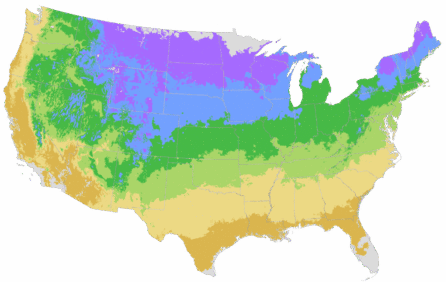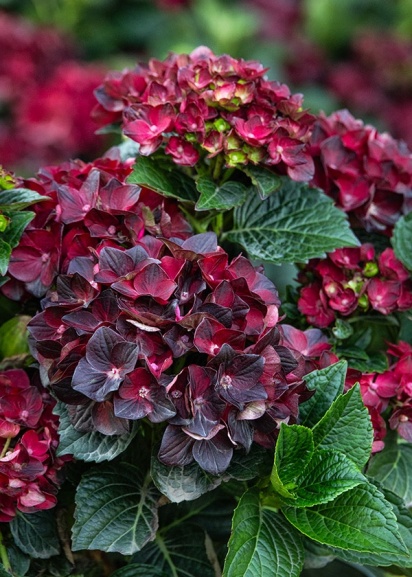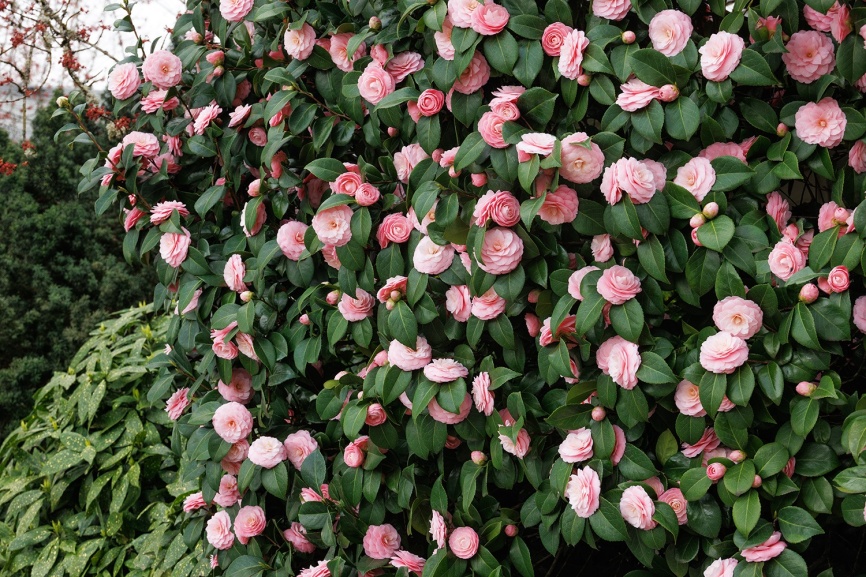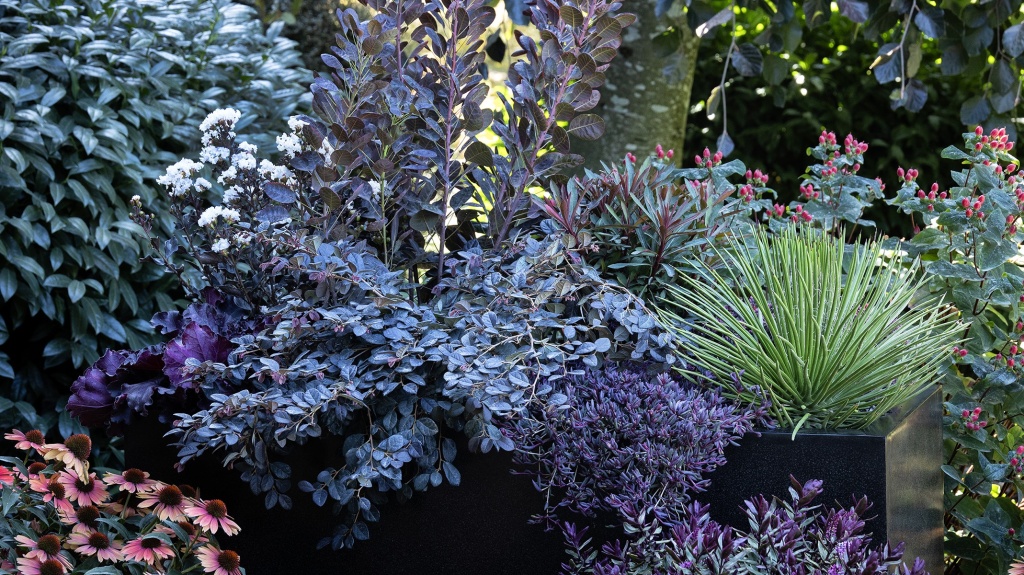You're growing in this Zip Code:
Change LocationDiscover Plants for Your Area
American Gold Rush Black-Eyed Susan
Rudbeckia x fulgida 'American Gold Rush' PP #28,498
Retailers Near You
| Description | At last, a hybrid Black-Eyed Susan that thrives in wet, humid climates! This multiple-award-winning perennial features slender, fuzzy, disease-resistant leaves on a compact, rounded form, with masses of classic gold and black blooms providing color right up until frost. A must for sunny perennial borders and cutting gardens. An herbaceous perennial. |
|---|---|
| Bloom Time | Late summer into fall |
| Deciduous/Evergreen | Herbaceous |
| Special Features | Easy Care, Improved Pest and Disease Resistance, Waterwise, Attracts Pollinators, Fast Growing, Compact Form |
| Problems/Solutions | Drought Tolerant, Tolerates Urban Pollution |
| Growth Rate | Fast |
| Flower Attributes | Flowers for Cutting, Showy Flowers |
| Patent Act | Asexual reproduction of plants protected by the Plant Patent Act is prohibited during the life of the patent. |
| Landscape Use | Border, Container |
| Design Ideas | Plant this cousin of the classic black-eyed Susan to provide tremendous garden color from July to frost, when many earlier blooming perennials are fading. A real star of the sunny border, keep within cutting reach for indoor arrangements. |
| Flower Color | Yellow |
| Foliage Color | Green |
| Companion Plants | Coneflower (Echinacea); Avens (Geum); Switch Grass (Panicum); Russian Sage (Perovskia); Sedum (Sedum) |
| Care Instructions | Thrives in average, well-drained soil. Water deeply, regularly during the first growing season to establish an extensive root system. Once established, reduce frequency; tolerates mild drought. For a neat appearance, remove old foliage before new leaves emerge. Divide clumps every 2 to 3 years in early spring. |
| History | Bred by Brent Horvath of Intrinsic Perennial Gardens, this hybrid Rudbeckia was raised as a seedling from open-pollinated seed sown from the seed parent Rudbeckia fulgida var. deamii in Hebron, Illinois in 2011. The new plant was selected for its smaller hairy foliage and shorter stature as compared to the seed parent. Asexual reproduction by means of division and stem cuttings was conducted from 2012 to 2014, producing over 1400 plants and demonstrating the new Rudbeckia to be stable and identical in reproduction to the parent seedling. The thinner, very hairy leaves of this new variety are thought to contribute to its reported resistance to Septoria leaf spot, a foliar disease that is problematic in warm, wet, and humid conditions. American Gold Rush became the first "Triple Crown" of horticulture winner in 2023 with three recognitions: All-America Selections’ Herbaceous Perennial Winner, National Garden Bureau’s 2023 Perennial of the Year, and Perennial Plant Association’s 2023 Perennial Plant of the Year. |
| Lore | Of the great prairie wildflowers of North America, the black-eyed Susans are the first to become domesticated garden flowers. The genus was classified by Linnaeus who chose to name it in honor of his mentor and friend Olof Rudbeck, 1660-1740. There are over 30 species native to America and this species is found in moist meadows of Michigan south to Missouri and est Virginia. The species was classified by English botanist William Aiton, 1731-1793. 'Goldstrum' is an old German seed strain that has proven far better under cultivation although it is hotly debated whether there is a differentiation between R. f. var. sullivantii and Goldstrum. |
| Description | At last, a hybrid Black-Eyed Susan that thrives in wet, humid climates! This multiple-award-winning perennial features slender, fuzzy, disease-resistant leaves on a compact, rounded form, with masses of classic gold and black blooms providing color right up until frost. A must for sunny perennial borders and cutting gardens. An herbaceous perennial. |
|---|---|
| Bloom Time | Late summer into fall |
| Deciduous/Evergreen | Herbaceous |
| Special Features | Easy Care, Improved Pest and Disease Resistance, Waterwise, Attracts Pollinators, Fast Growing, Compact Form |
| Problems/Solutions | Drought Tolerant, Tolerates Urban Pollution |
| Growth Rate | Fast |
| Flower Attributes | Flowers for Cutting, Showy Flowers |
| Patent Act | Asexual reproduction of plants protected by the Plant Patent Act is prohibited during the life of the patent. |
| Landscape Use | Border, Container |
|---|---|
| Design Ideas | Plant this cousin of the classic black-eyed Susan to provide tremendous garden color from July to frost, when many earlier blooming perennials are fading. A real star of the sunny border, keep within cutting reach for indoor arrangements. |
| Flower Color | Yellow |
| Foliage Color | Green |
| Companion Plants | Coneflower (Echinacea); Avens (Geum); Switch Grass (Panicum); Russian Sage (Perovskia); Sedum (Sedum) |
| Care Instructions | Thrives in average, well-drained soil. Water deeply, regularly during the first growing season to establish an extensive root system. Once established, reduce frequency; tolerates mild drought. For a neat appearance, remove old foliage before new leaves emerge. Divide clumps every 2 to 3 years in early spring. |
|---|
| History | Bred by Brent Horvath of Intrinsic Perennial Gardens, this hybrid Rudbeckia was raised as a seedling from open-pollinated seed sown from the seed parent Rudbeckia fulgida var. deamii in Hebron, Illinois in 2011. The new plant was selected for its smaller hairy foliage and shorter stature as compared to the seed parent. Asexual reproduction by means of division and stem cuttings was conducted from 2012 to 2014, producing over 1400 plants and demonstrating the new Rudbeckia to be stable and identical in reproduction to the parent seedling. The thinner, very hairy leaves of this new variety are thought to contribute to its reported resistance to Septoria leaf spot, a foliar disease that is problematic in warm, wet, and humid conditions. American Gold Rush became the first "Triple Crown" of horticulture winner in 2023 with three recognitions: All-America Selections’ Herbaceous Perennial Winner, National Garden Bureau’s 2023 Perennial of the Year, and Perennial Plant Association’s 2023 Perennial Plant of the Year. |
|---|---|
| Lore | Of the great prairie wildflowers of North America, the black-eyed Susans are the first to become domesticated garden flowers. The genus was classified by Linnaeus who chose to name it in honor of his mentor and friend Olof Rudbeck, 1660-1740. There are over 30 species native to America and this species is found in moist meadows of Michigan south to Missouri and est Virginia. The species was classified by English botanist William Aiton, 1731-1793. 'Goldstrum' is an old German seed strain that has proven far better under cultivation although it is hotly debated whether there is a differentiation between R. f. var. sullivantii and Goldstrum. |
Retailers Near You
About Us
We have been pioneers and craftsmen in the art of growing plants for nearly
100 years. Since our founding in Southern California by Harry E. Rosedale, Sr.
in 1926, we have been absolutely dedicated and obsessed with quality.
We have been pioneers and craftsmen in the art of growing plants for nearly 100 years. Since our founding in Southern California by Harry E. Rosedale, Sr. in 1926, we have been absolutely dedicated and obsessed with quality.








